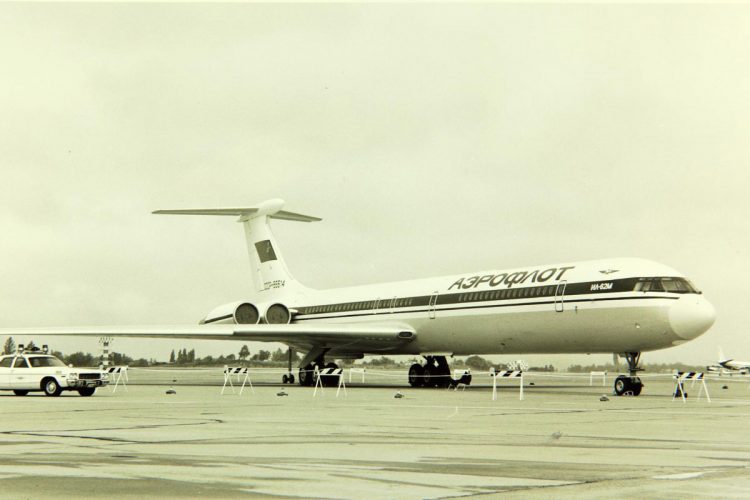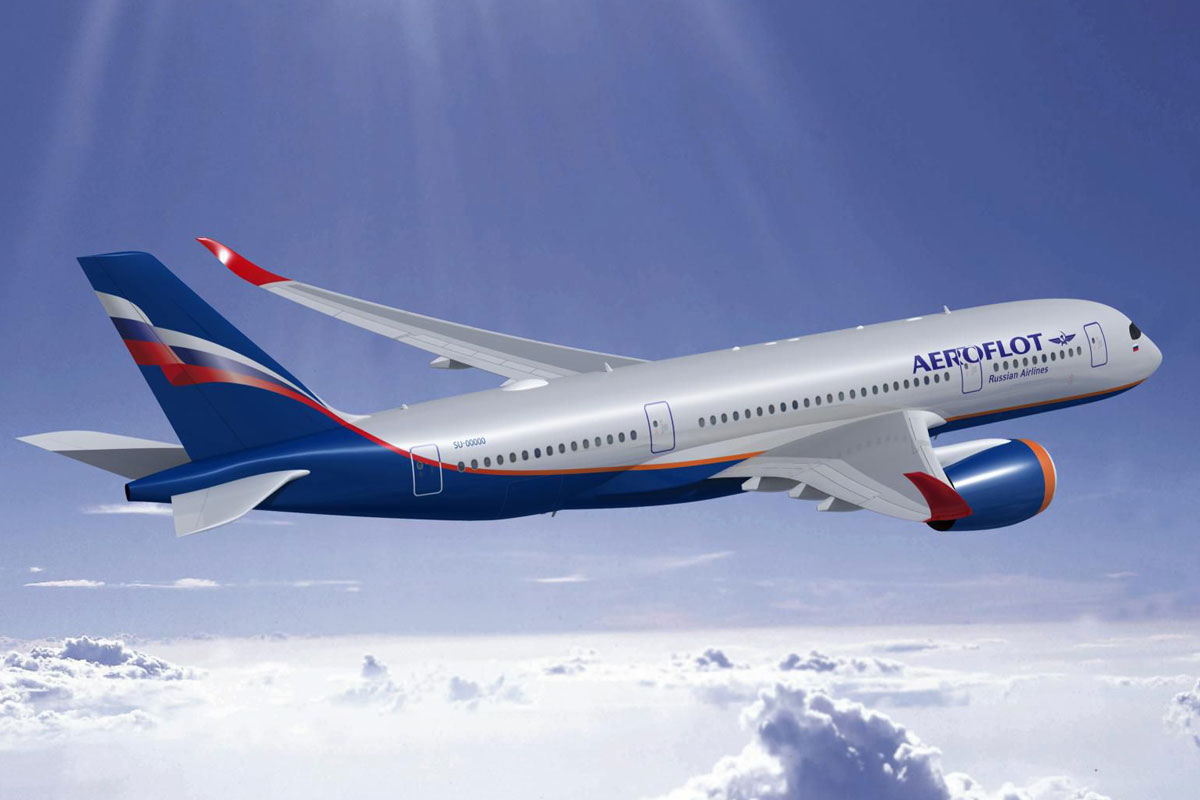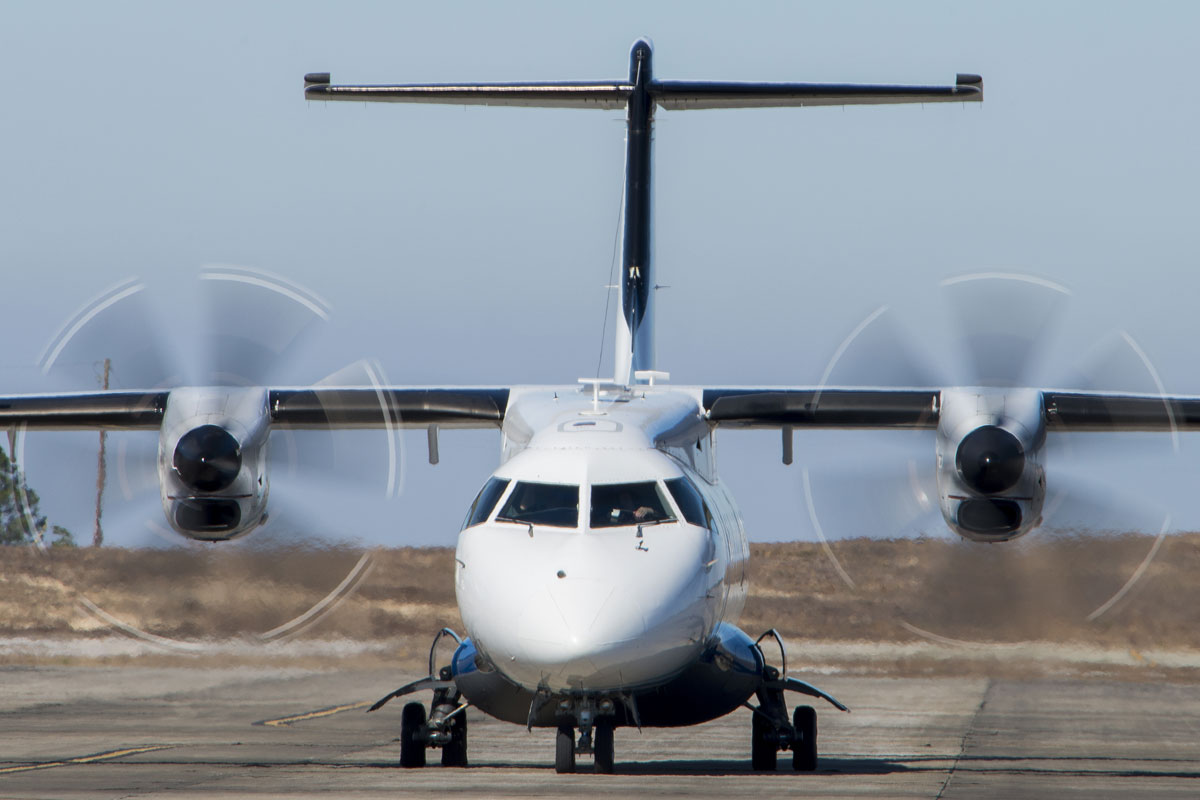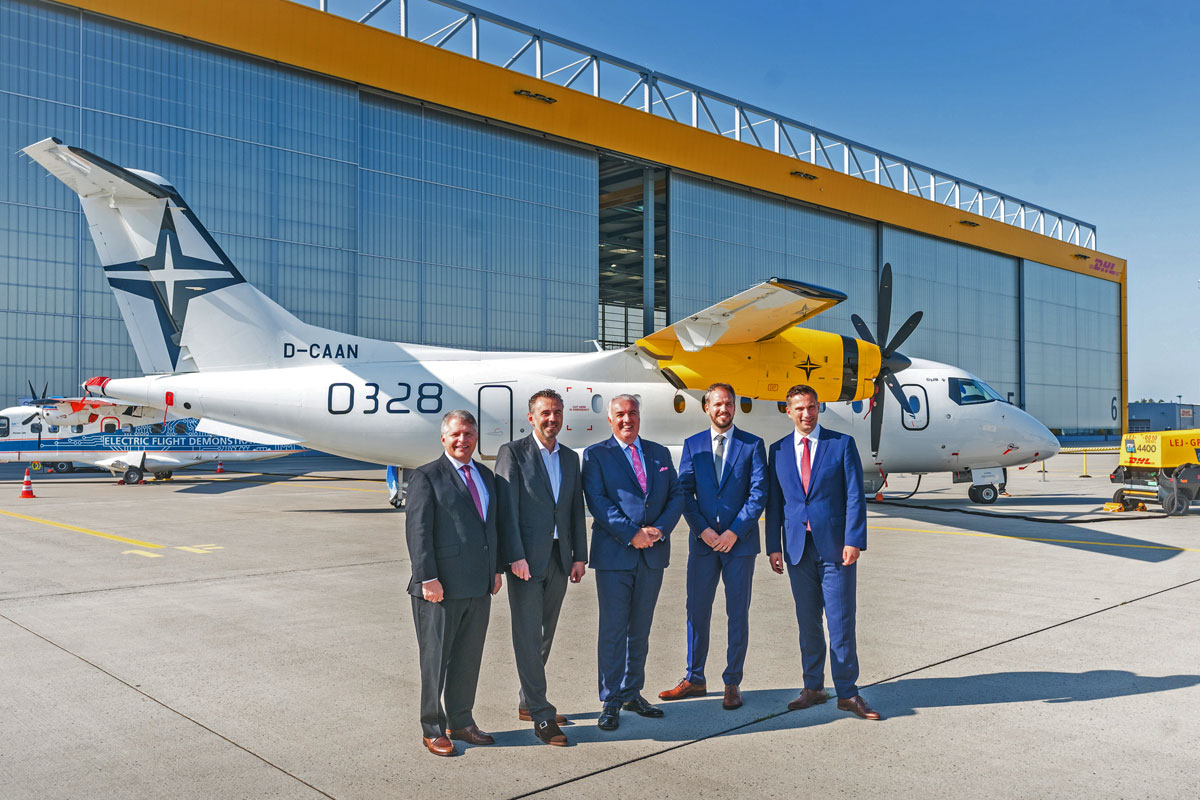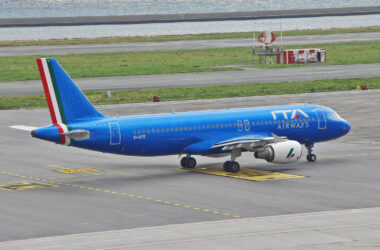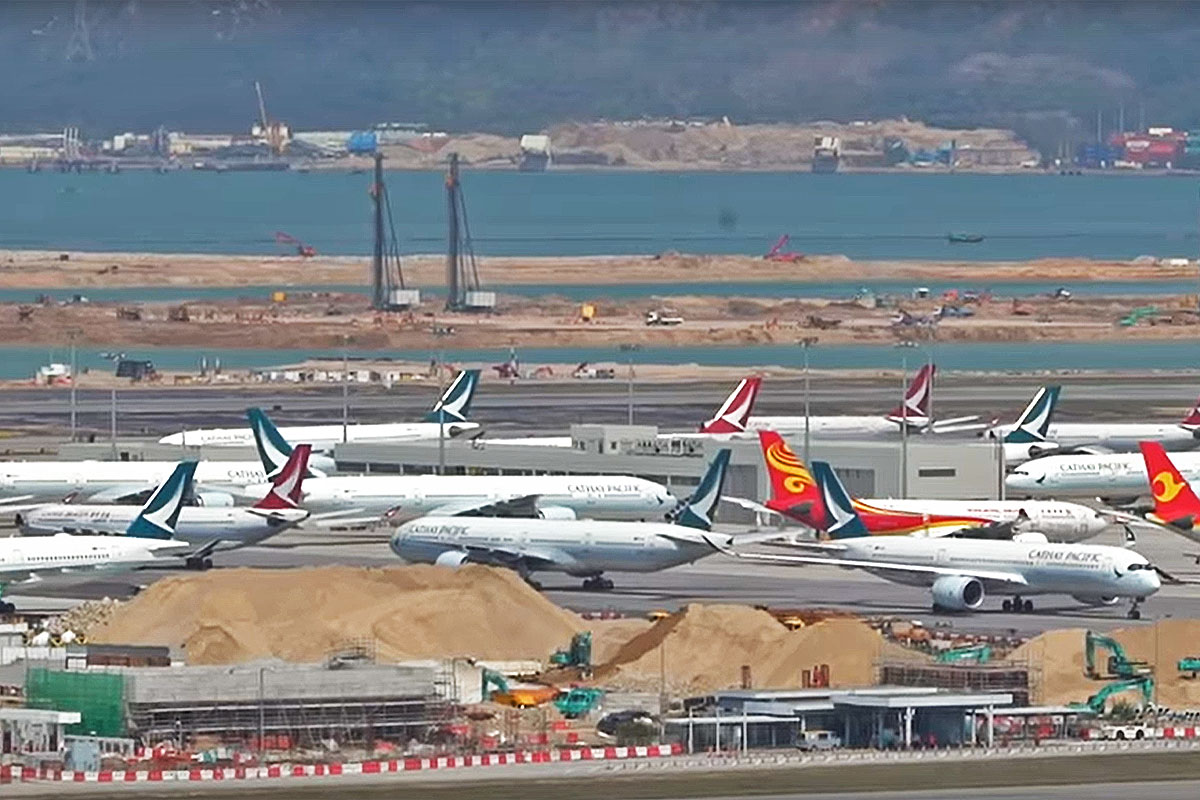During the Cold War, José Martí Airport became a communist hub in Latin America. The international terminal of Havana, the capital of Cuba, began to receive flights from Eastern European airlines and above all from Aeroflot, then the largest airline in the world in number of planes.
The reason was quite simple: since there were no private companies in the former Soviet Union, air transport was the responsibility of the state company. In addition, Aeroflot operated all types of Soviet commercial aircraft, from the An-2 biplanes to the IL-86 widebodies.
Thanks to the alignment of dictator Fidel Castro with the Russians, Havana began receiving international flights from Aeroflot in the 1960s, a route that remains active today. But times have changed to the point that now the country’s largest airline decides to debut its new Airbus A350 on the route between Moscow and the Cuban capital in 2020.
One of the most modern western jets will replace another model of the former enemies of the Soviet Union, the Airbus A330-200. The company, which ordered 14 units of the new aircraft, will introduce the A350-900 in September next year with five weekly flights.
Ilyushin
The option for aircraft outside the socialist bloc, however, is recent after decades when Havana received models such as the Il-96, Il-86 and Il-62, all developed by the Ilyushin design bureau.
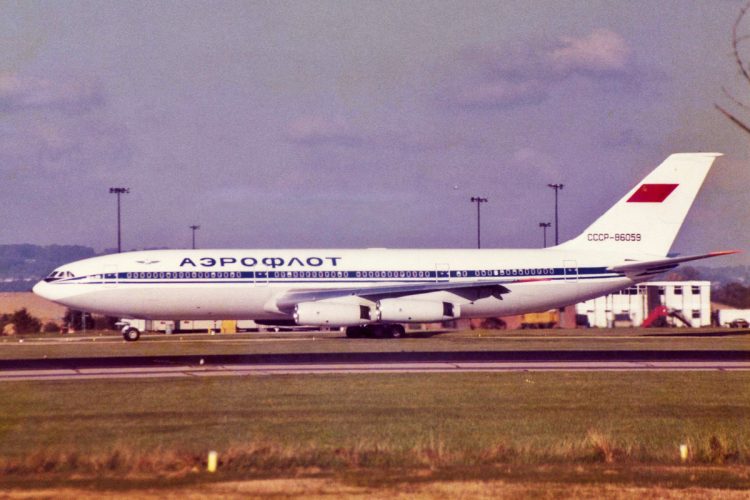
It was an IL-62M that suffered one of the most serious accidents at José Marti Airport in 1977. In May of that year, one of these Aeroflot jets made an emergency landing in bad weather and hit transmission lines shortly before it hit the runway. In the crash, 69 people died and only two survived.
Aeroflot currently operates only one Russian aircraft, the Sukhoi SSJ-100, a regional jet. His fleet would astonish former Soviet premiers, a mix of Airbus A320 and A330 planes with Boeing American jets like the 777 and 737.
If Russian pride is still preserved in military aviation, in air transport the situation is precarious for now. Russian models like the Tu-204 are only seen in smaller companies and Cubana de Aviacion airline.
But the future may have a return to Russian jets. UAC, the holding company that controls the country’s leading manufacturers, is currently developing some modern jets like the Irkut MC-21, a single-aisle twin-engine, and has partnered with the Chinese to launch a widebody, the CR929, which may one day, who knows, take the Moscow-Havana route. Meanwhile, the Russians will visit the paradise (and communist) island with the Airbus A350.
